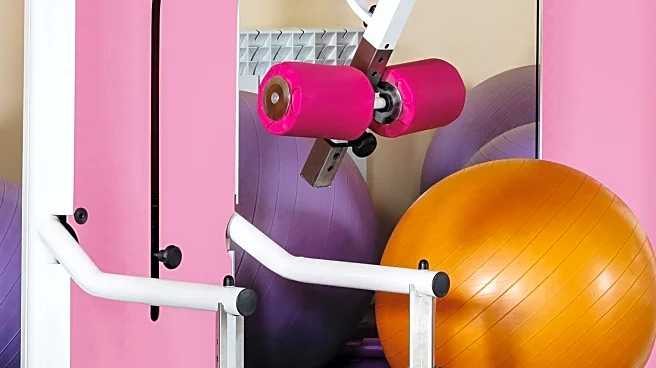What's Happening?
Norman Rosenthal, a psychiatrist at Georgetown University School of Medicine, has been using light therapy to manage his own seasonal affective disorder (SAD), a condition he first described in 1984. SAD affects
approximately 5% of Americans, with symptoms including lower moods and excessive sleepiness during fall and winter. Rosenthal employs light boxes in his home to simulate natural sunlight, which helps regulate mood-related neurotransmitters. His approach includes using light therapy devices in various rooms and integrating them into daily routines like exercise and meditation.
Why It's Important?
Rosenthal's use of light therapy underscores the importance of addressing SAD, a condition that can significantly impact quality of life during the darker months. Light therapy is a non-invasive treatment that can improve mood and reduce symptoms for many individuals. This approach highlights the potential for simple environmental modifications to enhance mental health, offering a practical solution for those affected by seasonal mood changes. The broader implication is the need for increased awareness and accessibility of light therapy as a treatment option.
What's Next?
Rosenthal advocates for the use of light therapy as a standard treatment for SAD and suggests that individuals consult with healthcare professionals to tailor their approach. As awareness of SAD grows, there may be increased demand for light therapy devices and further research into their efficacy. Additionally, public health initiatives could focus on educating the public about SAD and promoting preventive measures.












